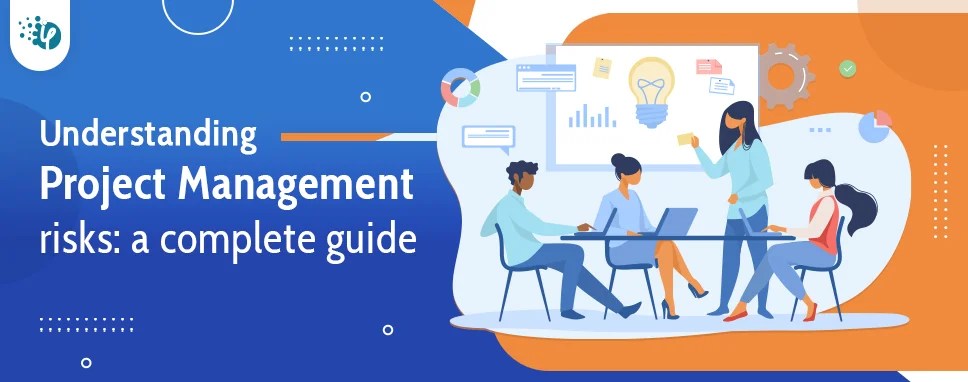Identifying Risks
The first thing you'll do in risk management is identify the risks that you'll face in your project. That means taking the time to sit and consider every risk that you may come across. Of course, you can't plan for everything, but there are going to be plenty of risks, both positive and negative, that you may be able to think of. There are several steps to this process:
Template specification: You'll create a risk statement based on feedback from your team. This will include areas of risk, causes, impacts, and events. When you have a template in place, it helps you focus your team on the risks they're facing.
Basic identification: There are two questions about risk that you'll need to answer here. Firstly, you'll want to know why or why not us? That can be analysed in a SWOT analysis. Then you'll need to ask whether the risk has been experienced before. This can be answered in a statement, using data from past projects.
Detailed identification: This is where you'll get into the meat of the risk, and properly understand it. There are five ways you can do so:
- Interviewing
- Assumptions analysis
- Document reviews
- Delphi technique
- Brainstorming
Internal cross check: Here, you'll map risks to corresponding elements in the work you'll be doing. There you'll see which elements of the project are riskier and others and start forming strategies to minimise risk.
Statement finalization: This is where you'll place all your findings in diagrams, showing where the risky areas are, and the causes and impacts of these risks.





















